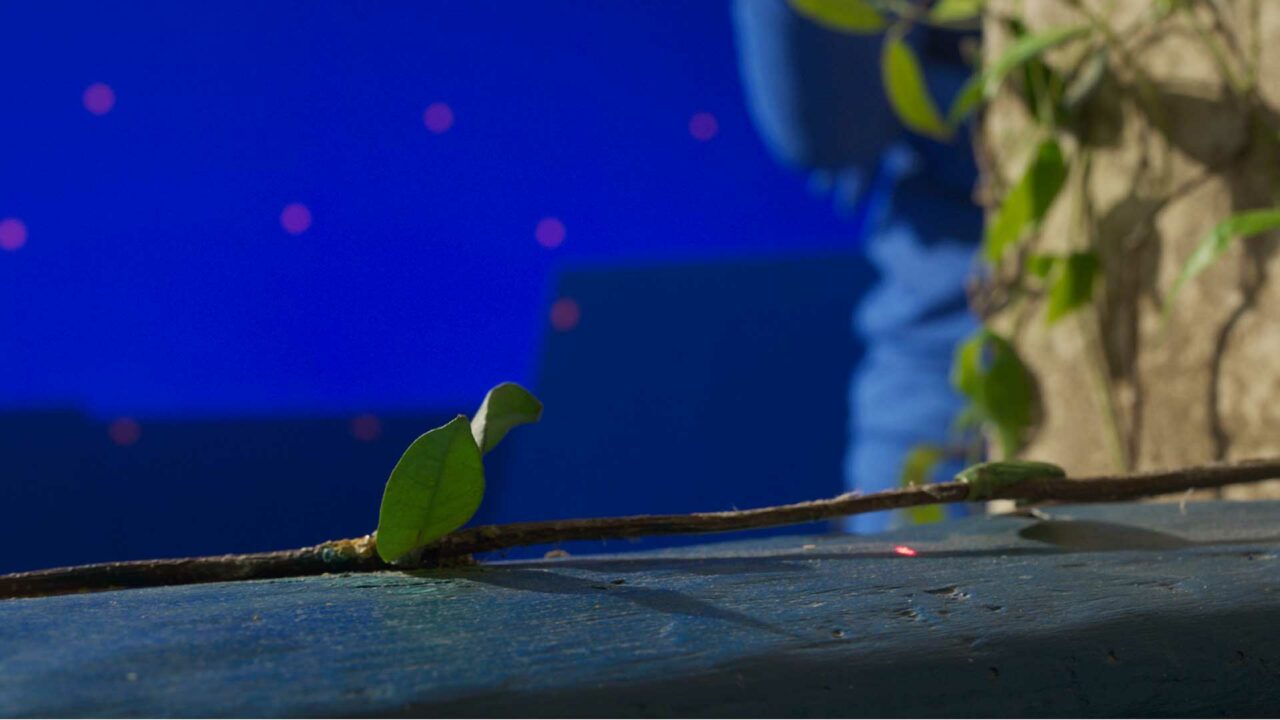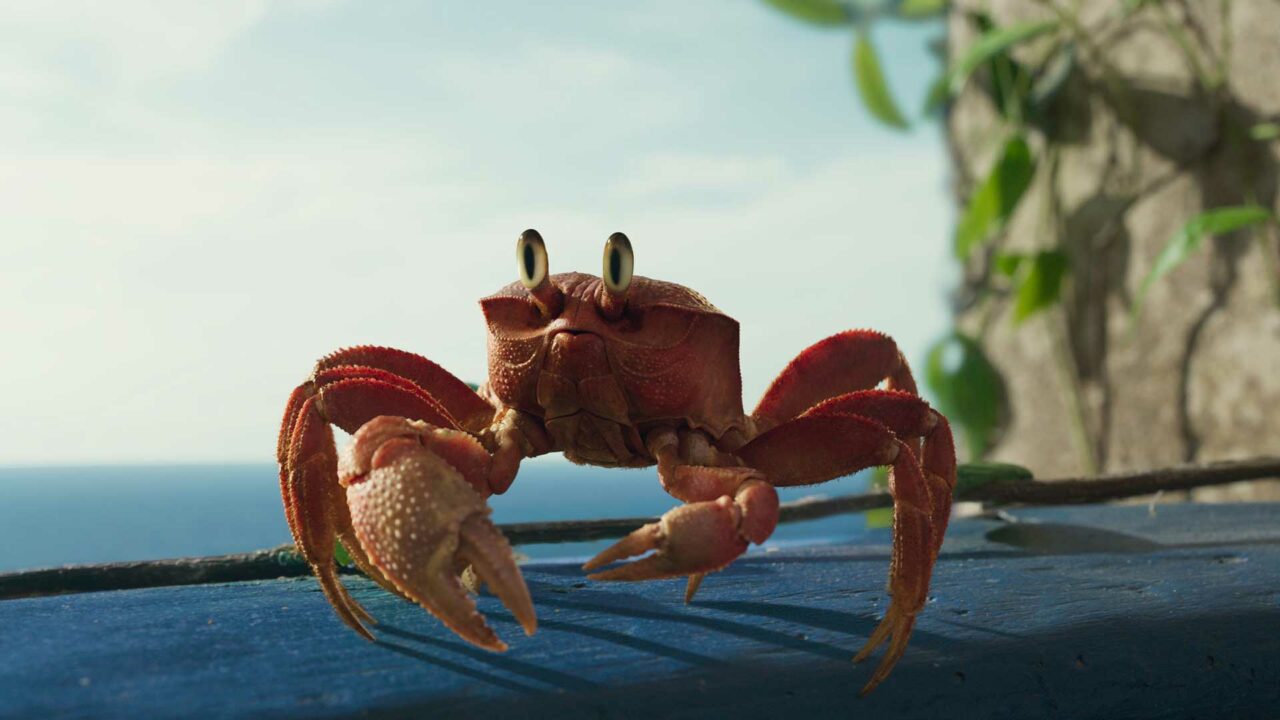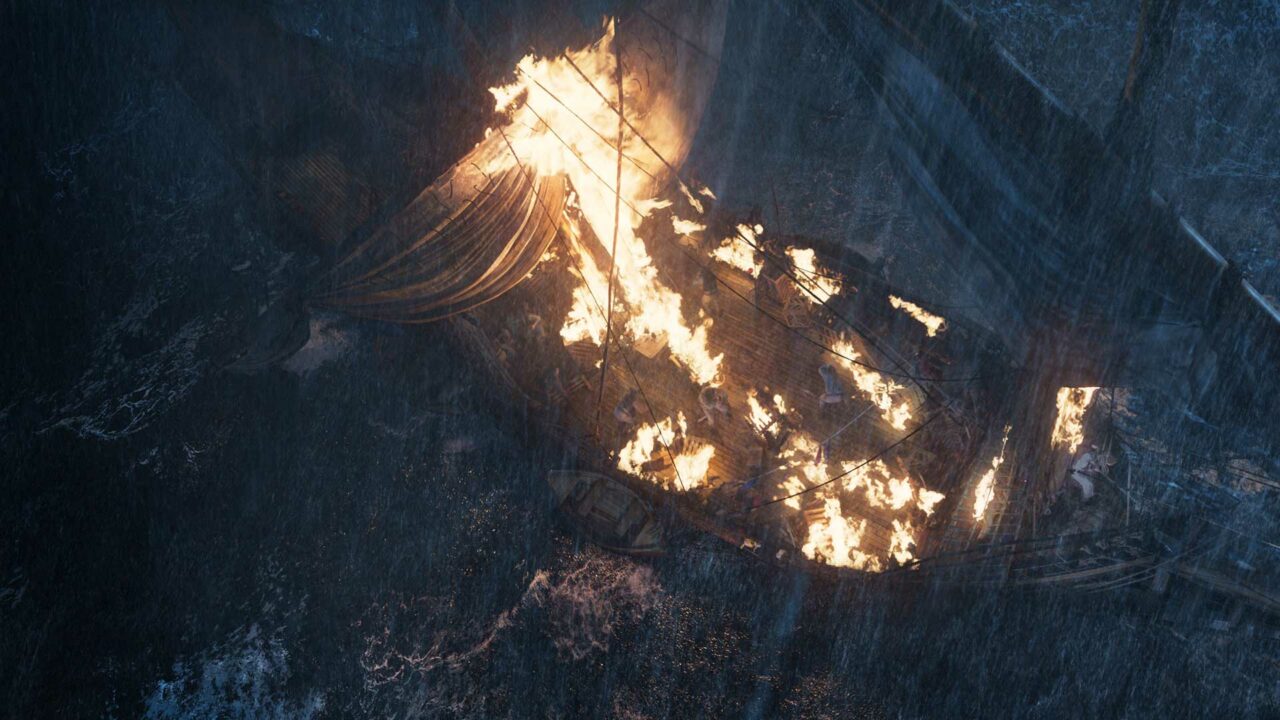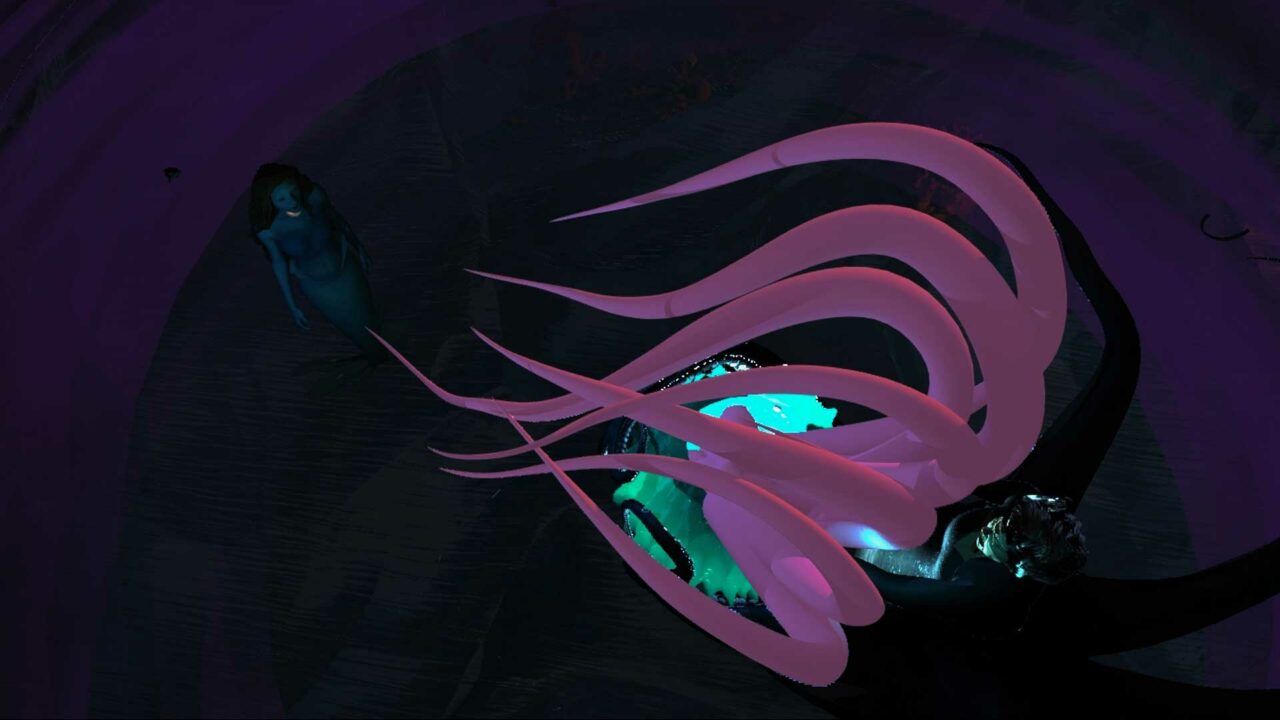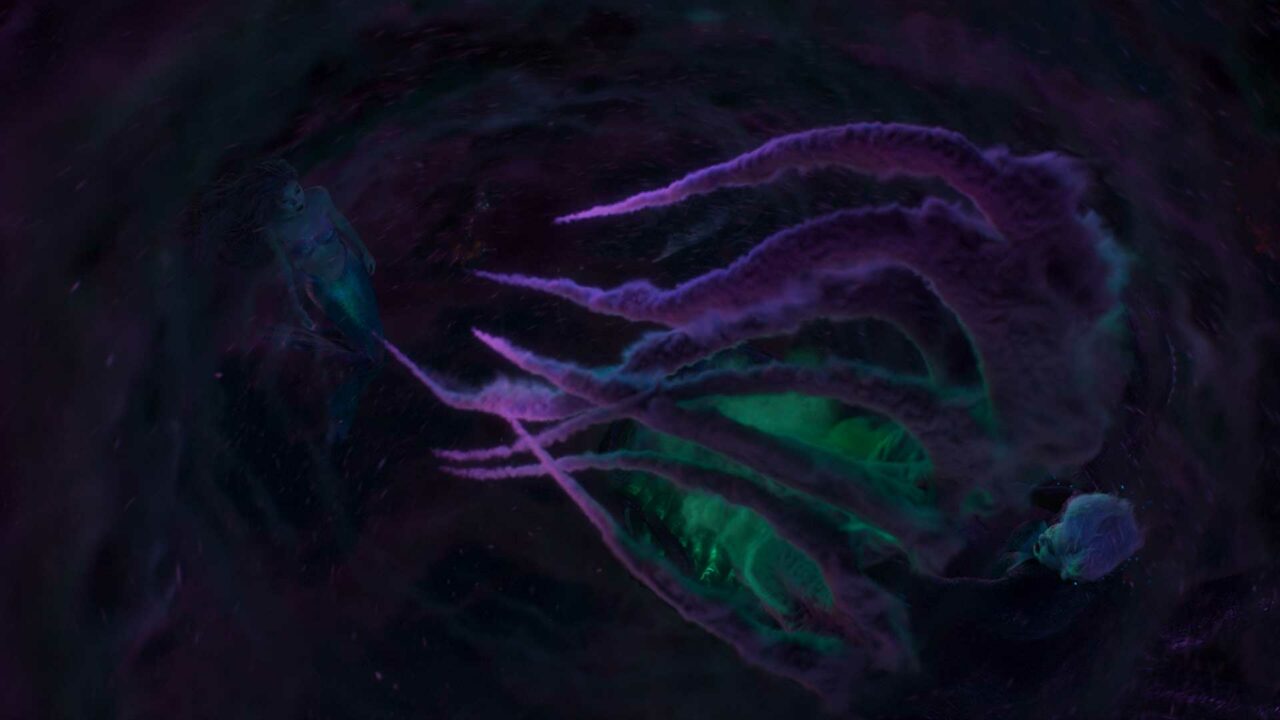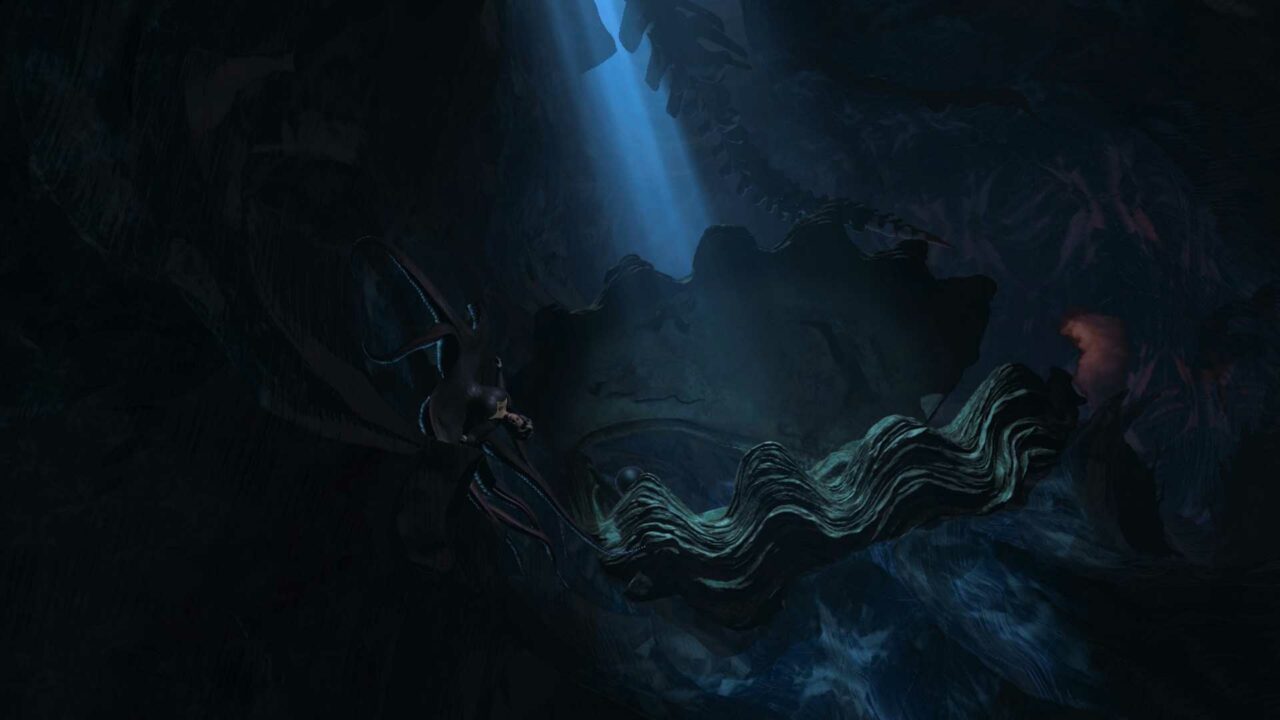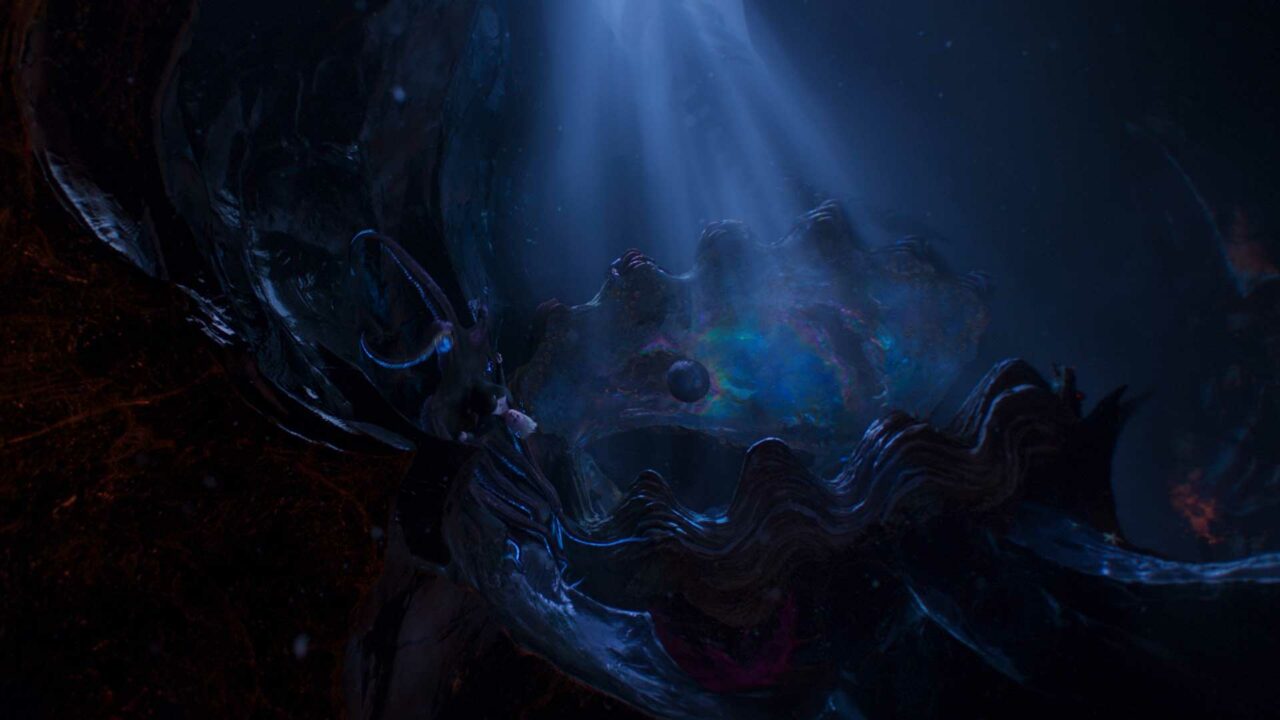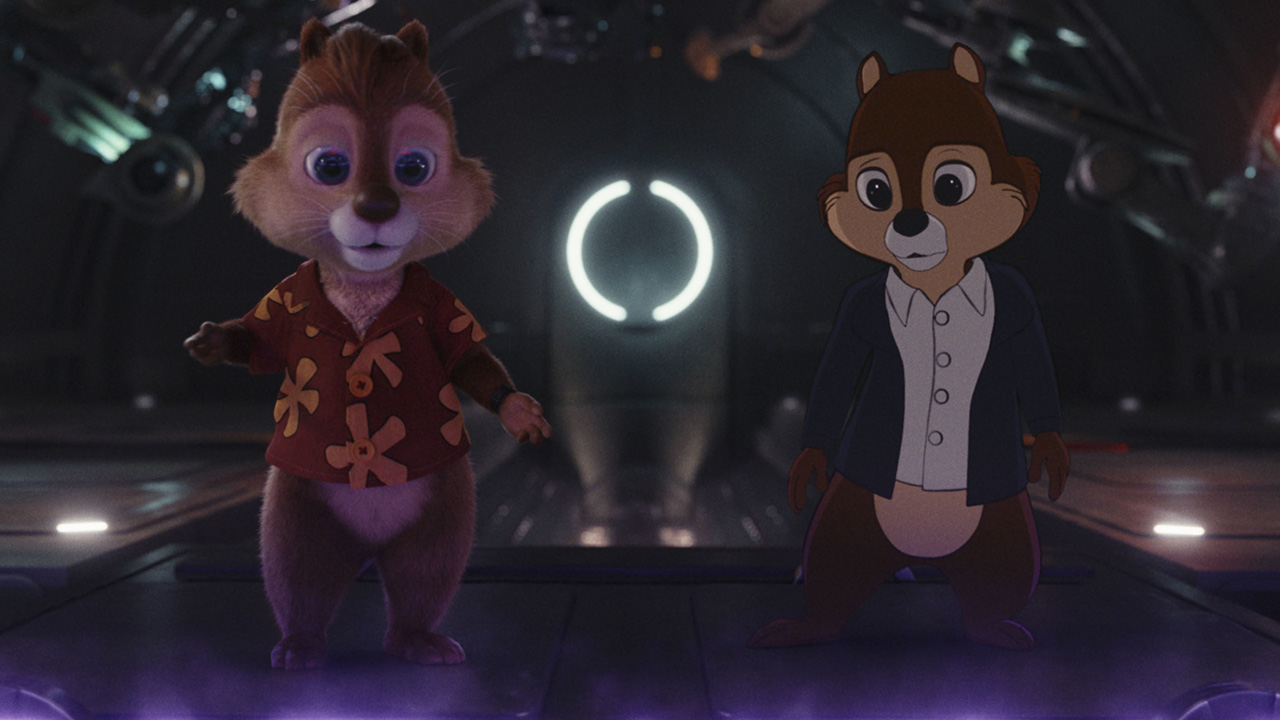The Little Mermaid makes a splash with MPC’s captivating VFX and animation
“The Little Mermaid” is the beloved story of Ariel, a beautiful and spirited young mermaid with a thirst for adventure. The youngest of King Triton’s daughters, and the most defiant, Ariel longs to find out more about the world beyond the sea, and while visiting the surface, falls for the dashing Prince Eric. While mermaids are forbidden to interact with humans, Ariel must follow her heart. She makes a deal with the evil sea witch, Ursula, which gives her a chance to experience life on land, but ultimately places her life – and her father’s crown – in jeopardy.
Led by MPC VFX Supervisors Patrick Ledda, Luca Bonatti and Sebastien Raets, VFX Producer June Aparici and Executive VFX Producer Christoph Roth, MPC’s teams spread across studios in London, Montreal, LA, Adelaide and Bangalore worked together to deliver over 700 shots for Director Rob Marshall’s reimagining of the animated classic. This included VFX and animation for the film’s main characters Ariel, Ursula, Flotsam and Jetsam, stunning underwater environments, and photoreal FX simulation work.
The VFX work for The Little Mermaid began in 2019 when MPC met with Director Rob Marshall and Production VFX Supervisor Tim Burke and began working on tests for the Underwater look. MPC VFX Supervisor Patrick Ledda then oversaw the VFX for the second unit shoot, working with the filmmakers to advise on what could be captured in-camera and what could be created in post. A facial capture session was also organised with Melissa Mcarthy and Halle Bailey to capture their facial data for full CG shots. During the initial production phase, MPC also utilized Unreal Engine 5 to visualize in real-time a preliminary version of the virtual sets. This enabled the Director and Director of Photography to witness, in real-time, the performances of the actors integrated within computer-generated environments. As actors delivered their lines and executed their scenes on set, the director could observe their interactions with the virtual environments and explore the digital space.
MPC’s Art Department began creating designs for The Little Mermaid in 2019, working closely with Production Designer John Myhre to create concept sketches for Ursula. The Art Department then met with Costume Designer Colleen Atwood to help with Ursula’s costume designs, before starting on Ariel’s costume, hair, and makeup. The team continued their collaboration with Atwood, helping with designs for Triton and Ariel’s sisters. MPC’s Concept Artists also created concepts showcasing the iconic magical powers for the movie. This included Ursula scrying, water bubble magic, Trident magic and designing Ursula’s third act creature form.
Some of the magical sequences MPC’s VFX team worked on include the Opening Sequence, Shark Attack, the Journey to Ursula’s lair, Poor Unfortunate Souls and the Final Battle where Ursula grows into a giant. The overall approach to the VFX was to create a look with a certain magical aesthetic rather than a completely naturalistic look. MPC’s team leveraged Unreal Engine’s real-time advanced lighting simulation capabilities to develop the look of the underwater world. Immersed within the interactive environment, they were able to fine tune the lighting, resulting in a reference for the look that was used in the final version of the shots.
The majority of VFX for the Opening Sequence involved CG environment work, as the ship was built as a practical set at Pinewood Studios. MPC’s artists expertly crafted CG digital oceans and changing skies. as well as extending the ship’s masts and adding sails. In contrast, the Shark Attack was a highly complex scene, which, other than Ariel’s face, was entirely digital. The environments, including corals, sea life, and shipwrecks, were created by the MPC Environment team.
The Poor Unfortunate Souls sequence features a musical number where we see Ursula’s lair, an obsidian-like cave. The Director’s brief was to create a very dark and moody underwater environment. MPC’s Lighting artists played with the reflective properties of the surfaces to add highlights and reflections to an otherwise dark environment. The Unfortunate Souls scene is the first time the audience sees Ursula in her full glory and had to be impactful. CG bioluminescent suckers add a touch of colour to her design, and since this is a musical sequence, it required a lot of animation work to achieve the desired performance, taking cues from Melissa’s McCarthy’s on set performance. MPC’s Animators, overseen by Animation Supervisor Ferran Domenech, produced Ursula’s performance and its Tech Anim team added secondary dynamics to her tentacles and underwater hair simulations.
MPC Credits
